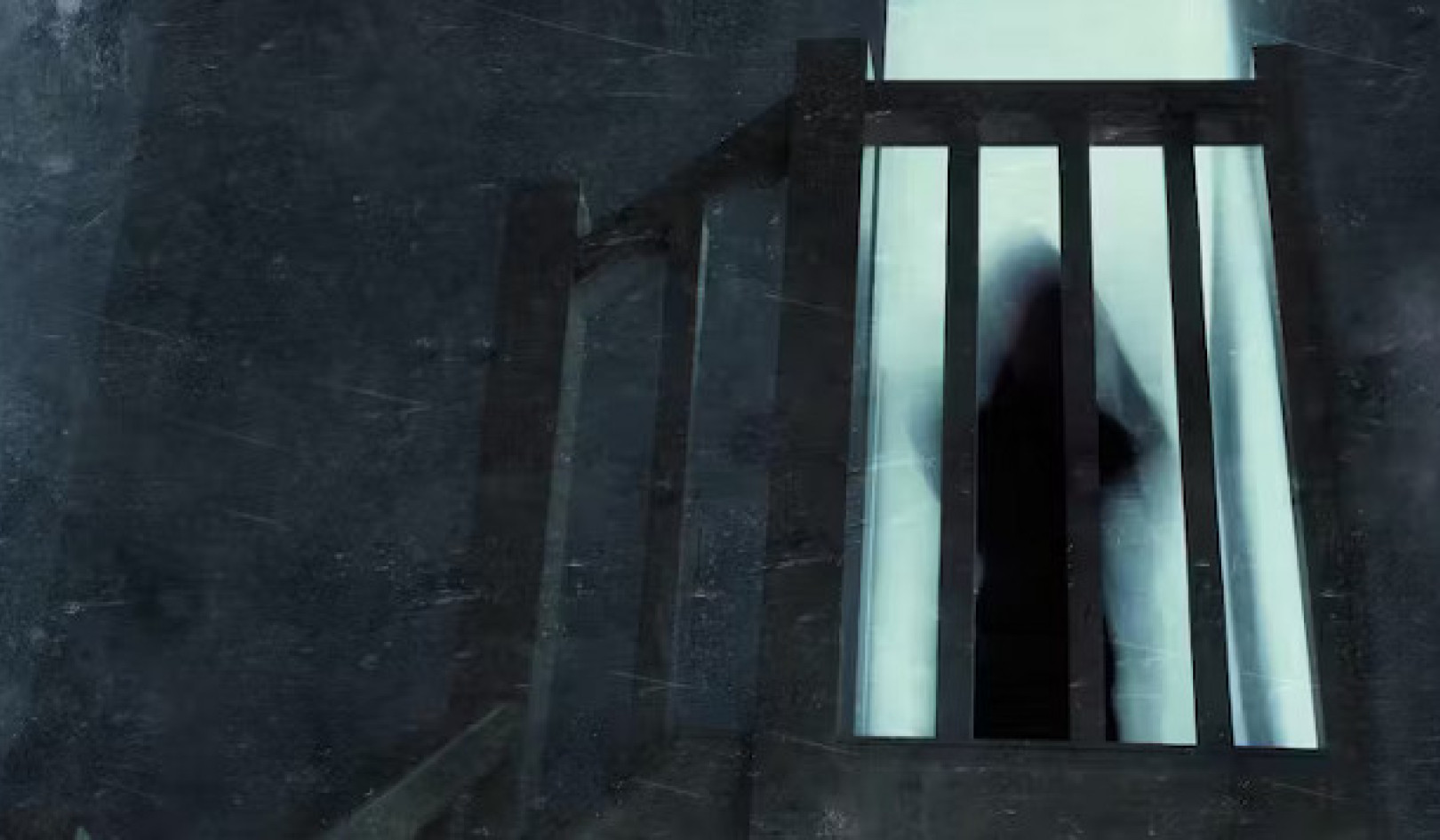
Dreams are bizarre. There’s no way around it. Because of this, they’re inherently interesting. Dreams can teach us about the nature of consciousness, reveal to us personal and universal truths through symbolic language, and enable us to make lasting changes in our own lives. I have experienced all of these through my own dreams.
At various stages of my life, I have used my dreams to understand the unconscious forces shaping my behavior, feelings, and attitudes. But I didn’t do this by studying one of the many dream dictionaries that are available. Dream dictionaries encourage us to interpret individual dreams in isolation and, furthermore, to interpret each individual image within each dream. But there is too much noise in our dreams for this approach to provide valuable interpretations on a consistent basis. Nor have I gained the most from my dreams by trying, in the psychoanalytical manner, to interpret all of my dreams as either expressions of unconscious desires or as universal archetypes.
What allowed me to create change in my life was 1) recognizing personal patterns of images and themes in my dreams, 2) recognizing the patterns in my waking life that they represent, and then 3) working to change those waking-life patterns. My dreams changed then as well, confirming the changes I made in my waking life.
Recurring Images, People, and Themes
Images, people, and themes repeat themselves in our dreams over a period of time. For example, a particular cluster of individuals or types of people (uniformed authorities, monsters, laborers, etc.) tend to appear in our dreams and our dreams tend to occur in a particular cluster of places (an old family home, forests, institutions, etc.). It is these recurring elements that we need to note and then interpret. These patterns may sometimes be literal recurring dreams, which occur in an identical or nearly identical way each time, but usually they are not.
The repeating elements of our dreams tend to occur in a variety of combinations and contexts to produce unique dreams each night. Consequently, we must patiently record our dreams over a period of time to reveal the patterns. These elements recur because of ongoing behaviors and stimuli within our waking lives and our unconscious minds. Our dream patterns point us to those stimuli, enabling us to recognize them. Having recognized them, if they are unhelpful behaviors or attitudes, we can then adopt new, more skillful behaviors and attitudes.
We may dream of certain elements simply because we frequently experience those elements in our waking lives. On the other hand, I was surprised to find how few of the commonplace elements of my waking life appear in my dreams.
Many recurring elements of our dreams may not draw from our immediate waking lives. Some of my dream elements are from my childhood or other long-past events. Other elements are seemingly inexplicable. Regardless of their origins, take note of the patterns and where they come from in your experiences.
Recognizing Waking-life Patterns
Having recognized dream patterns, we can then recognize the waking-life patterns they point to. The relationship between the two isn’t always or even often obvious. For example, as a teenager, I frequently dreamt of hostile, fanged animals. The obvious expression of fear and anxiety didn’t make sense to me, since, at the time, I believed myself to be rather happy and content. The pattern in my dreams prompted me to look for fear and anxiety in my waking life. The more I looked, the more of it I found.
Dream patterns drawn from the commonplace things of your waking life can be particularly difficult to interpret, because those elements may not be literal references. Our dreams must draw on something to build themselves; they often use the commonplace. But our dreams may use those commonplace elements to represent something else, something we are unaware of. So we must patiently reflect on our dream patterns and cultivate self-awareness to recognize the waking-life patterns revealed in our dreams.
Identifying And Interpreting Your Dream Patterns
Simply recognizing an unhelpful attitude or behavior may be enough to stop that pattern and replace it with something more skillful. But often that is not enough. I have generally had to work to replace those unhelpful patterns.
Consider the example with the hostile animals I gave above. Recognizing the dream pattern was important, but I had to do more. I had to actively look for those moments of fear and anxiety in my waking life.
When I identified those moments, I acknowledged them, recognized that they resulted from defense mechanisms or an ingrained pattern that no longer served me, and then I let the feelings go. After a few months of this, the moments of anxiety became fewer and fewer. As the anxiety disappeared, so did the dreams.
Identify and interpret your dream patterns. Reflect on how those patterns are playing out in your waking life. Be aware of the actual moments in the day when those patterns are operating. When you are conscious of those moments, you can control how you respond. Dissolving those unhelpful patterns requires active self-awareness and repetition. As you work to dissolve those patterns, look for confirmation of your efforts in your changing dream patterns.
"Big Dreams"
I do not entirely dismiss the value of individual dreams. I occasionally experience individual dreams with profound meaning. These dreams, ones Carl Jung called “big dreams,” are packed with mythological elements and, therefore, stand out from the normal patterns in my dreams.
Those big dreams generally occur at times of major change in my life. Those dreams, however, are rare and precious. We can, however, best recognize them when we learn to sift through, on the one hand, the meaningless noise and, on the other, the very meaningful long-term patterns of our dreams.
The greatest benefit from our dreams comes from the persistent and long-term study of those dream patterns that enable us to dissolve unhelpful waking-life patterns and replace them with more skillful ways of living.
Copyright 2017 by Jonson Miller. All Rights Reserved.
Reprinted with permission of the publisher,
Findhorn Press. www.findhornpress.com
Article Source
Dream Patterns: Revealing the Hidden Patterns of Our Waking Lives
by Jonson Miller
 Dream Patterns teaches readers to identify the significant, meaningful patterns in their dreams and how to use that knowledge to make changes in their waking lives. Dream Patterns is for dreamers of all skill levels, from people who rarely recall and have never before studied their dreams to people who have spent years studying their dreams but who want to get more out of them. Readers will learn how to recall, record, and analyze their dreams, and then how to apply the lessons of those dreams to their waking lives.
Dream Patterns teaches readers to identify the significant, meaningful patterns in their dreams and how to use that knowledge to make changes in their waking lives. Dream Patterns is for dreamers of all skill levels, from people who rarely recall and have never before studied their dreams to people who have spent years studying their dreams but who want to get more out of them. Readers will learn how to recall, record, and analyze their dreams, and then how to apply the lessons of those dreams to their waking lives.
Click here for more info and/or to order this book.
About the Author
 Jonson Miller has practiced dream interpretation for over 25 years. He is a writer with broad interests, including history, Pennsylvania, genealogy, mythology, language, war, technology, dreaming, and religion. He is a member of the International Association for the Study of Dreams and teaches history at Drexel University. For the listing of upcoming events and radio shows, visit his website at jonsonmiller.wordpress.com
Jonson Miller has practiced dream interpretation for over 25 years. He is a writer with broad interests, including history, Pennsylvania, genealogy, mythology, language, war, technology, dreaming, and religion. He is a member of the International Association for the Study of Dreams and teaches history at Drexel University. For the listing of upcoming events and radio shows, visit his website at jonsonmiller.wordpress.com























